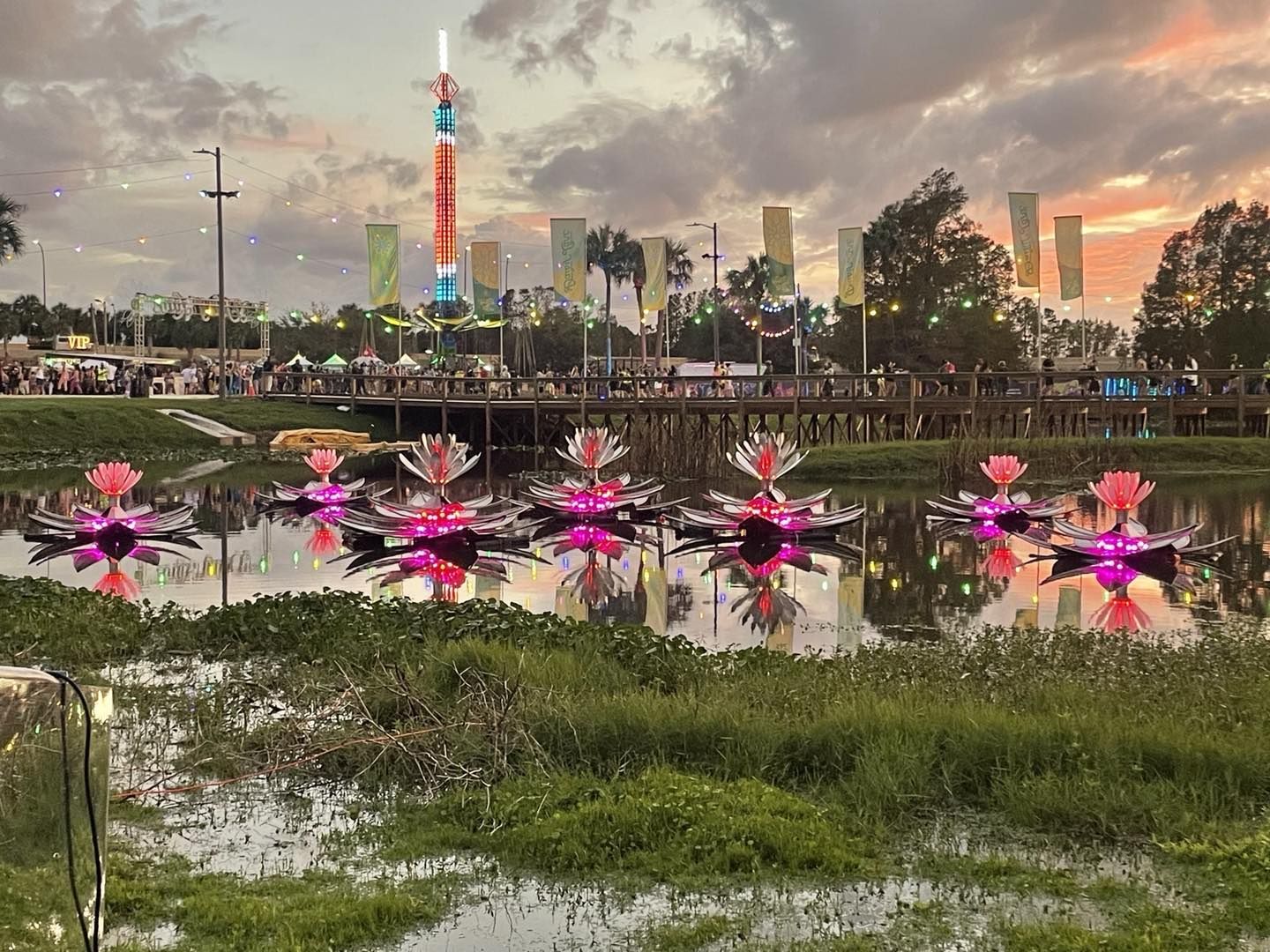From Wallace Foundation: “Arts organizations founded by, with and for communities of color are relatively underrepresented in research, with limited information available about their founding histories and how these histories might shape an organization’s purpose, culture and work. That’s why, when we launched our latest arts initiative beginning with 18 organizations rooted in communities of color, we commissioned the Social Science Research Council (SSRC) to create a fellowship that could not only help document the organizations’ history and culture, but could also build research capacity in the field through the support of early career scholars.”
“SSRC has now selected a group of research fellows, who will receive funding to conduct 12-month qualitative ethnographic studies in collaboration with the organizations in the initiative. The fellowship program seeks to support early career researchers who are deeply engaged with the arts organizations of color. The group will participate in conversations with one another and with the broader network of researchers and practitioners in the Wallace initiative.”
“Each research fellow will be paired with a specific organization to help explore its unique history, culture and context. The goal is to produce useful information for the organization itself and for other arts organizations of color. Collectively, through cross-cutting analyses, the fellows’ research could also contribute novel insights to the broader body of research and public policy.”

